Description
To appreciate the beautiful red and white floral wallpaper, visit Little Red at the Yaya Centre and take a look at their display décor.
White combines with everything and more so with red. As in this well-balanced red and white wallpaper, with more white than red.
The white in this floral wallpaper, while technically not a color, will go with almost any other color.
Likewise Red, as a primary color, can be used in conjunction with many other colors.
To me, this red and white flower wallpaper looks stunning in the bedroom, It is all about taste, whatever you like.
Red and white are very eye-catching, the reason why it is used so much in advertising.

The most famous of this kind of branding is an American company going by the same name, Red & White.
Red & White was the first store brand for grocery merchandise, food products, beverages, and household supplies.

It was first launched on cans of coffee in 1908 and was named after the color on the store shelves, Red & White.
The Red & White Wholesale Corporation grew from the first store in Buffalo, supplied groceries to independent grocery stores, and during World War I, the pressure on the small stores increased as the food was rationed.

By this time the company was operating its chain of retail stores, as well as the wholesale operation supplying other retailers.
Today, there are thousands of Red & White products serving as the primary independent grocery stores across the United States.
Red and white floral wallpaper for living room walls
natural red
There are various shades of red and white floral wallpaper, sometimes named after their natural color hosts: fruits, minerals, and berries.
In addition to artificially obtaining color, it can easily be made from natural materials. So bedstraw flowers allow you to color objects in bright red. To prepare such a color, the flowers are dried and boiled with alum for half an hour.
Safflower and St. John’s wort flowers are also suitable for making red dye by boiling water until thick. Cherry, similar in color, is made from orange lichen.
In nature, red color can be found quite often. Among them, you can find such names as raspberry, pomegranate, cherry, coral, blue, wine, and burgundy. All such colors form the red range.
Red shades are based on pigments of warm and cold shades. Ruby or purple quinacridone should be classified as cold. White light cadmium, and orange sienna (natural and burnt) as warm.



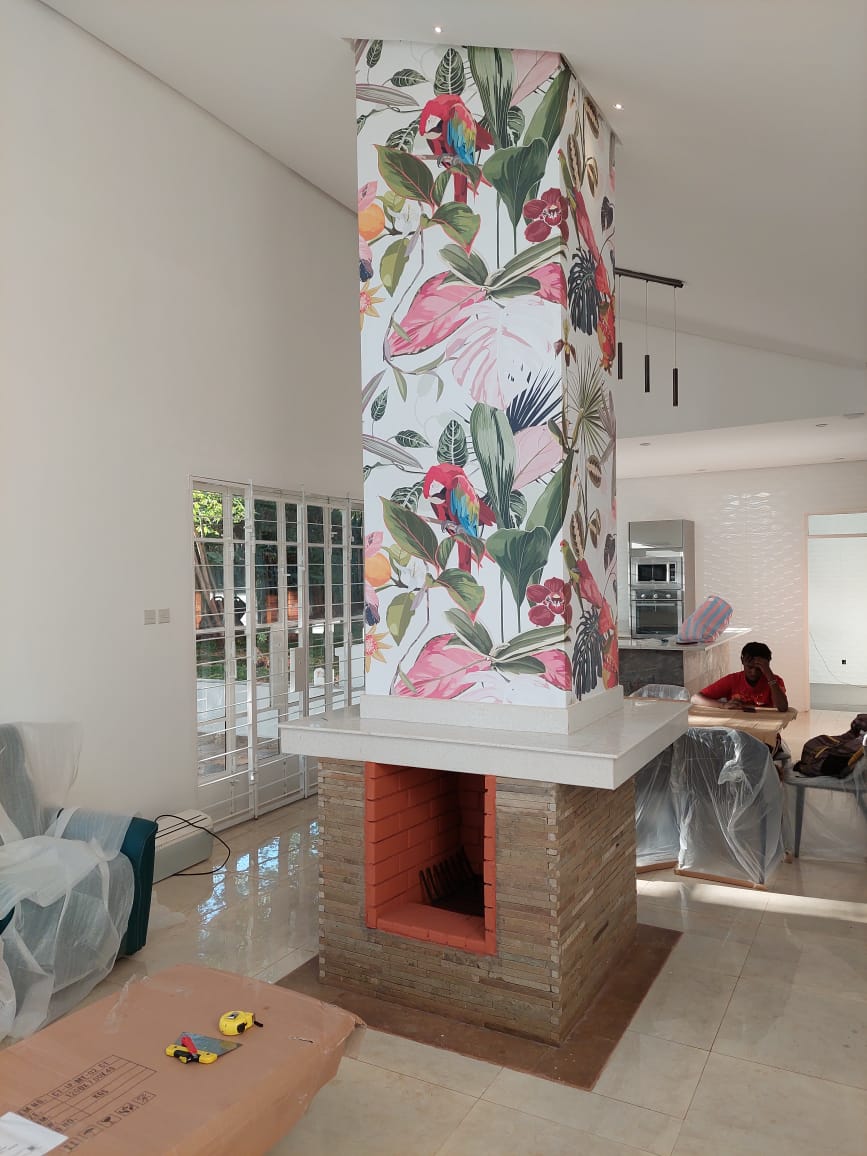

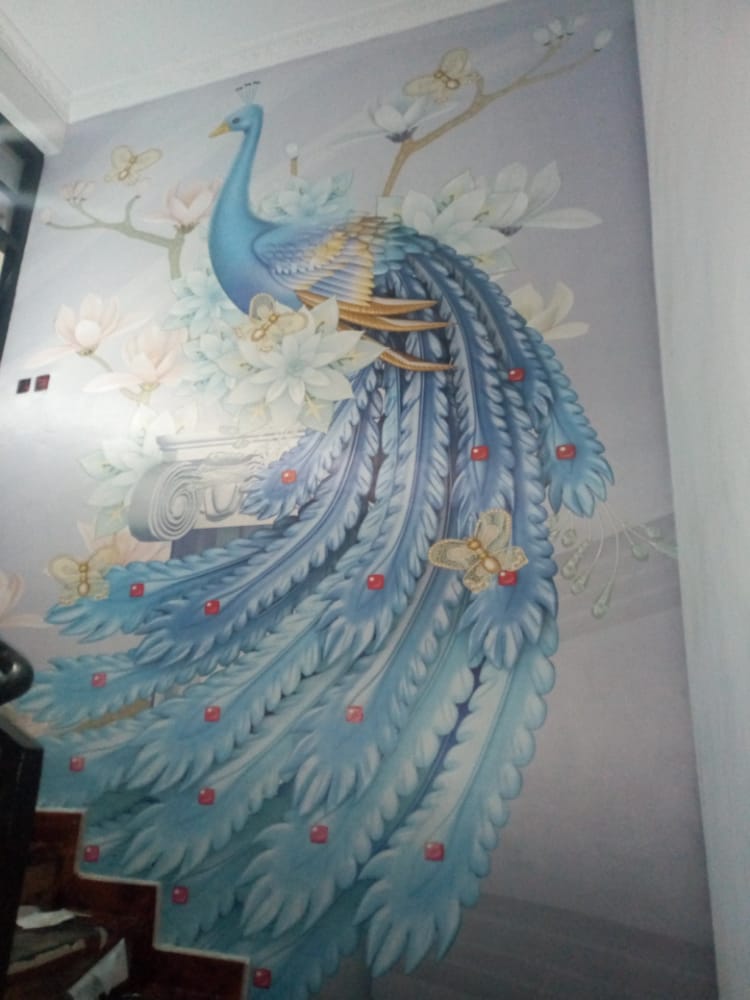
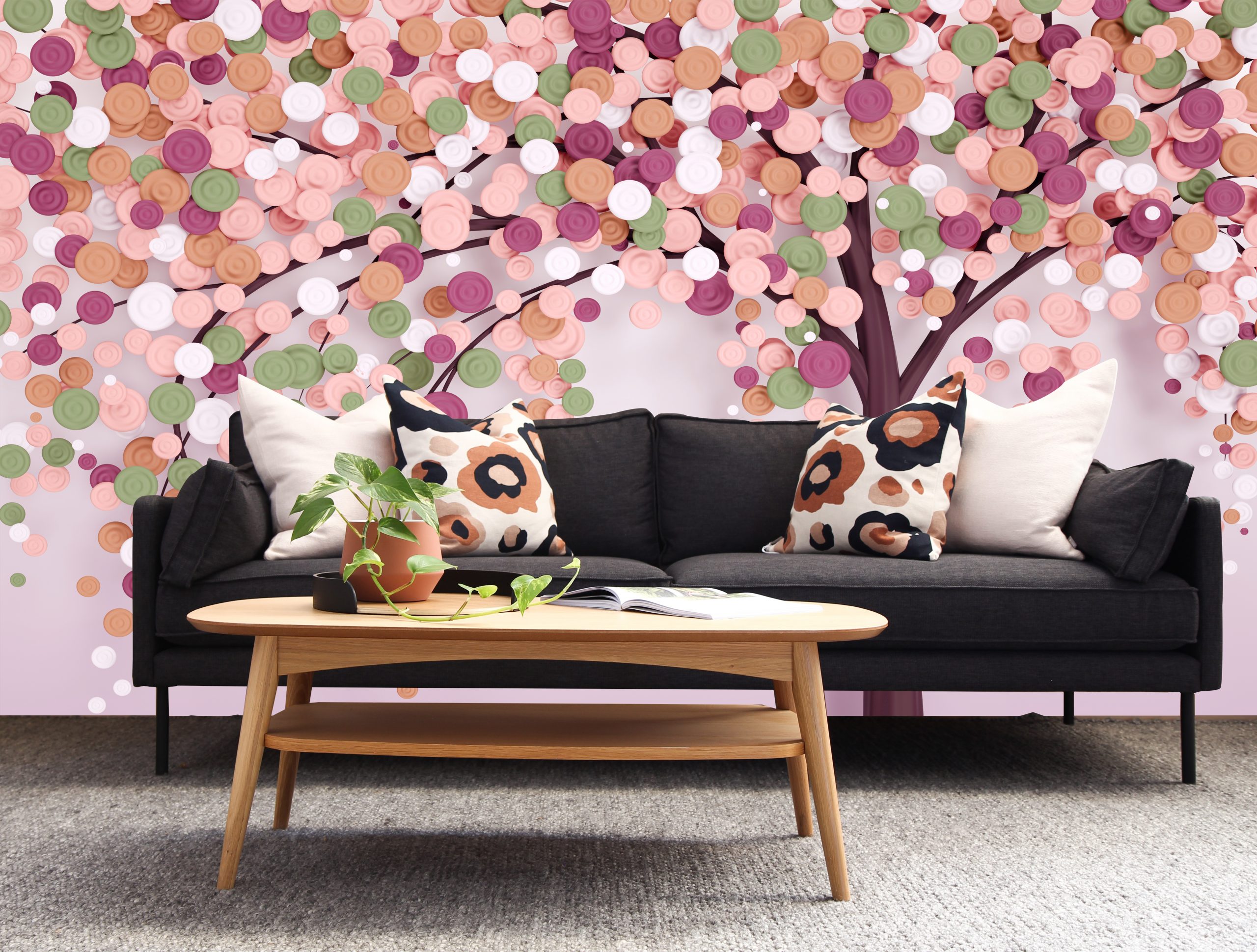
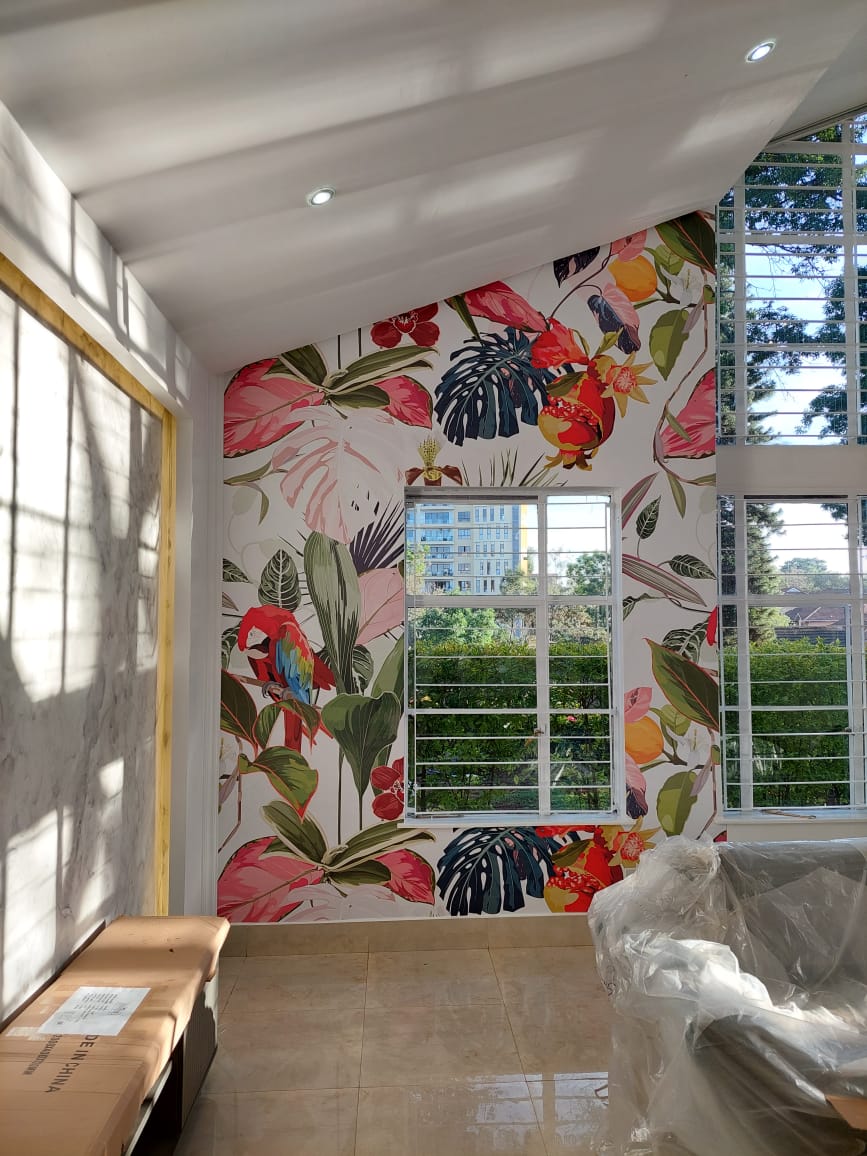
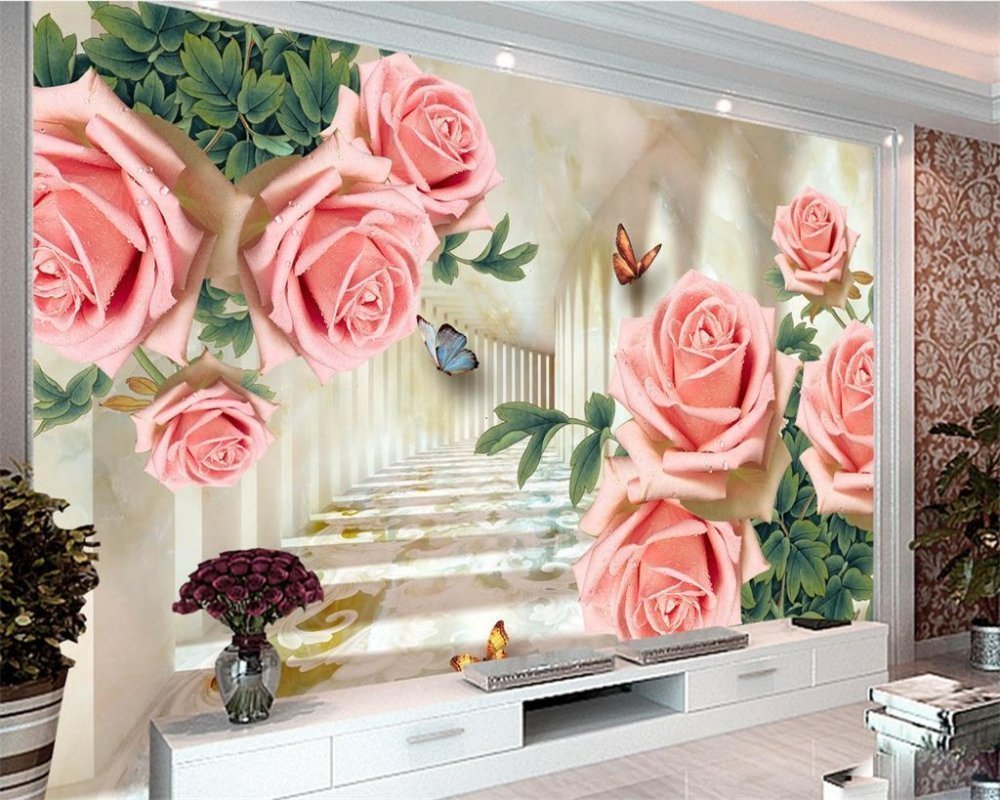
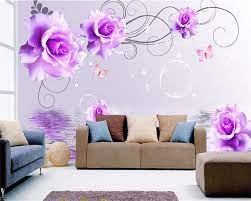
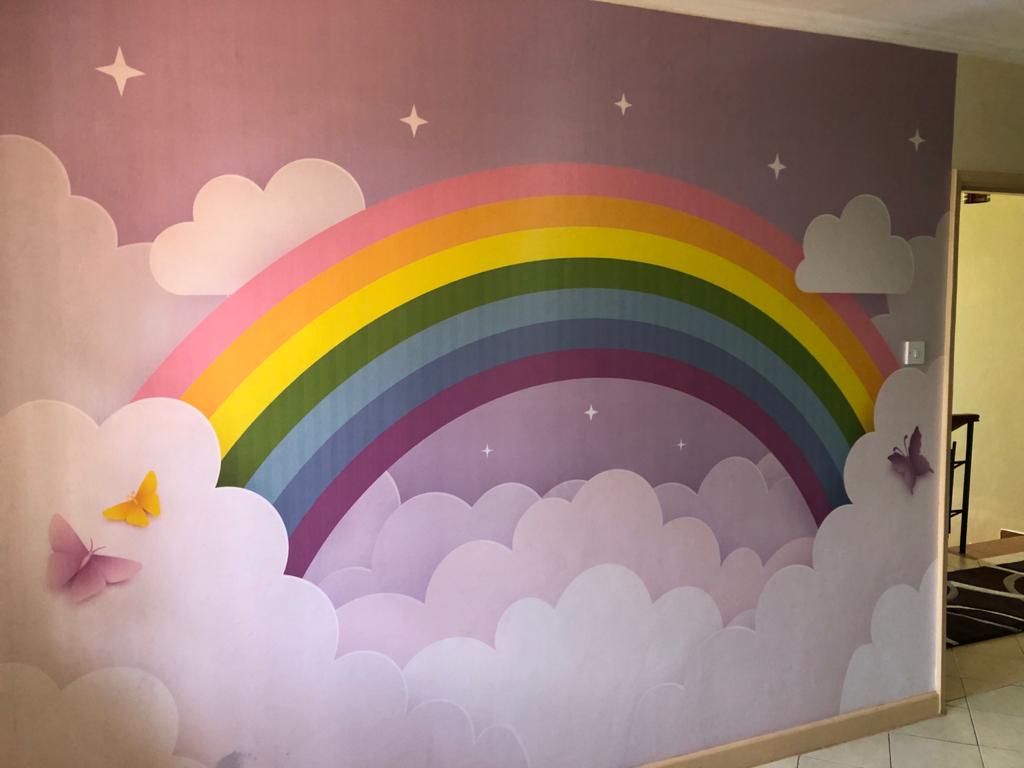
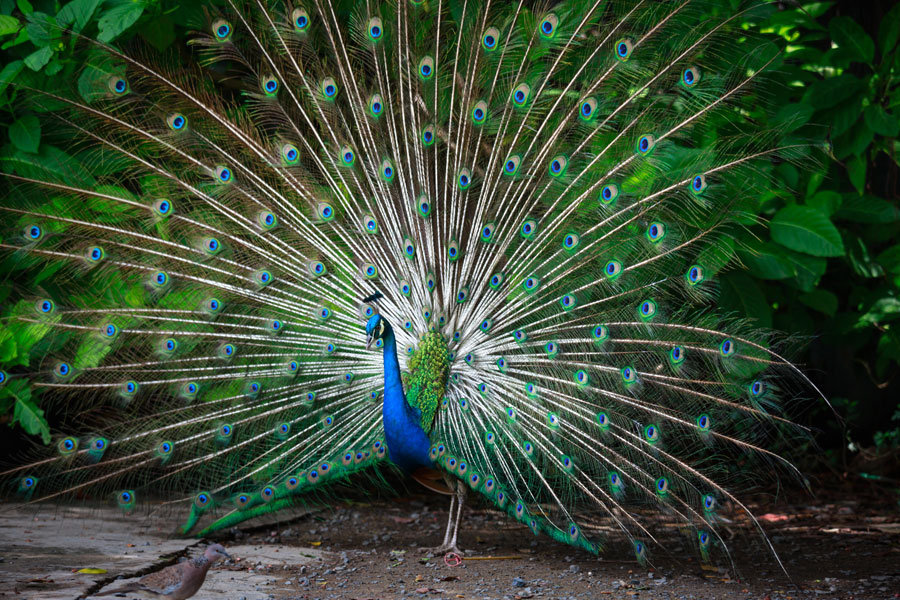
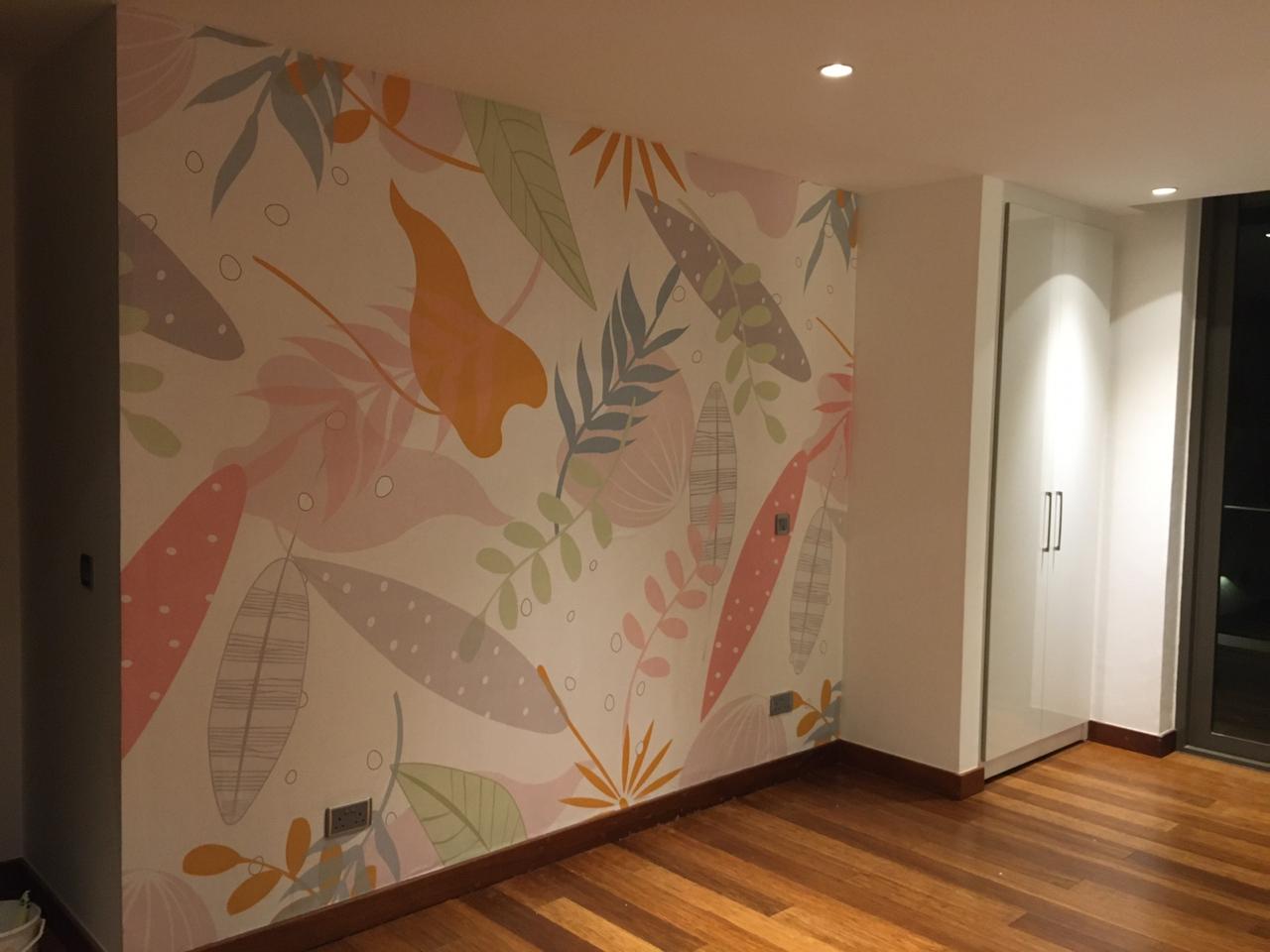
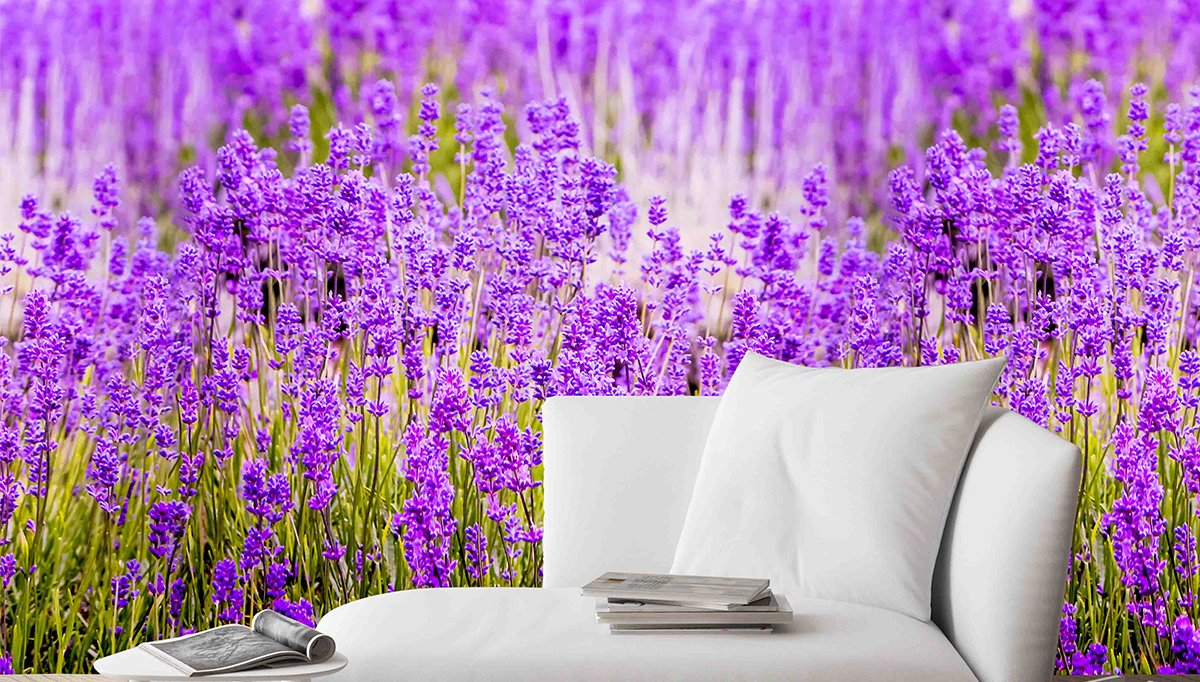
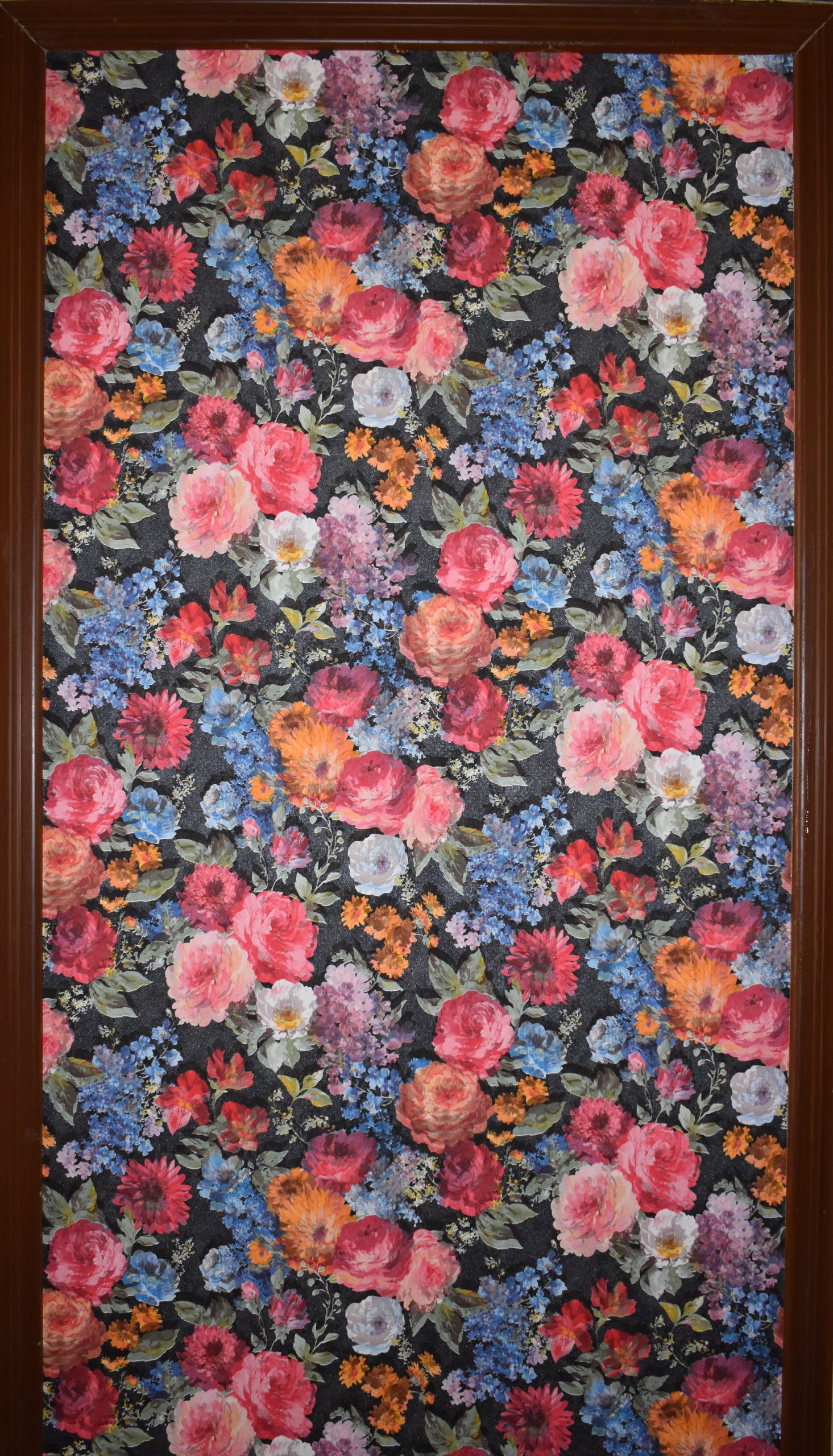
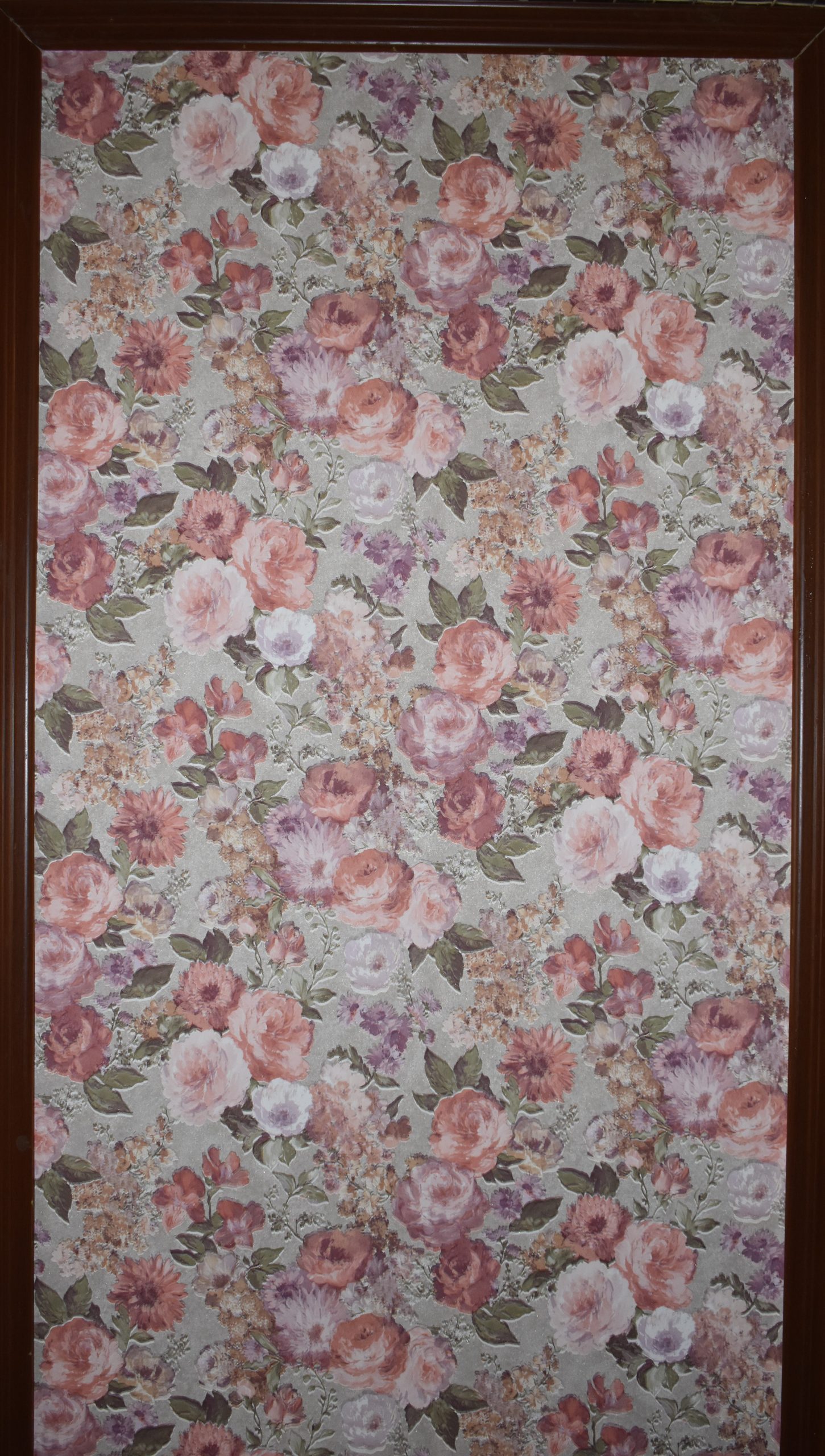
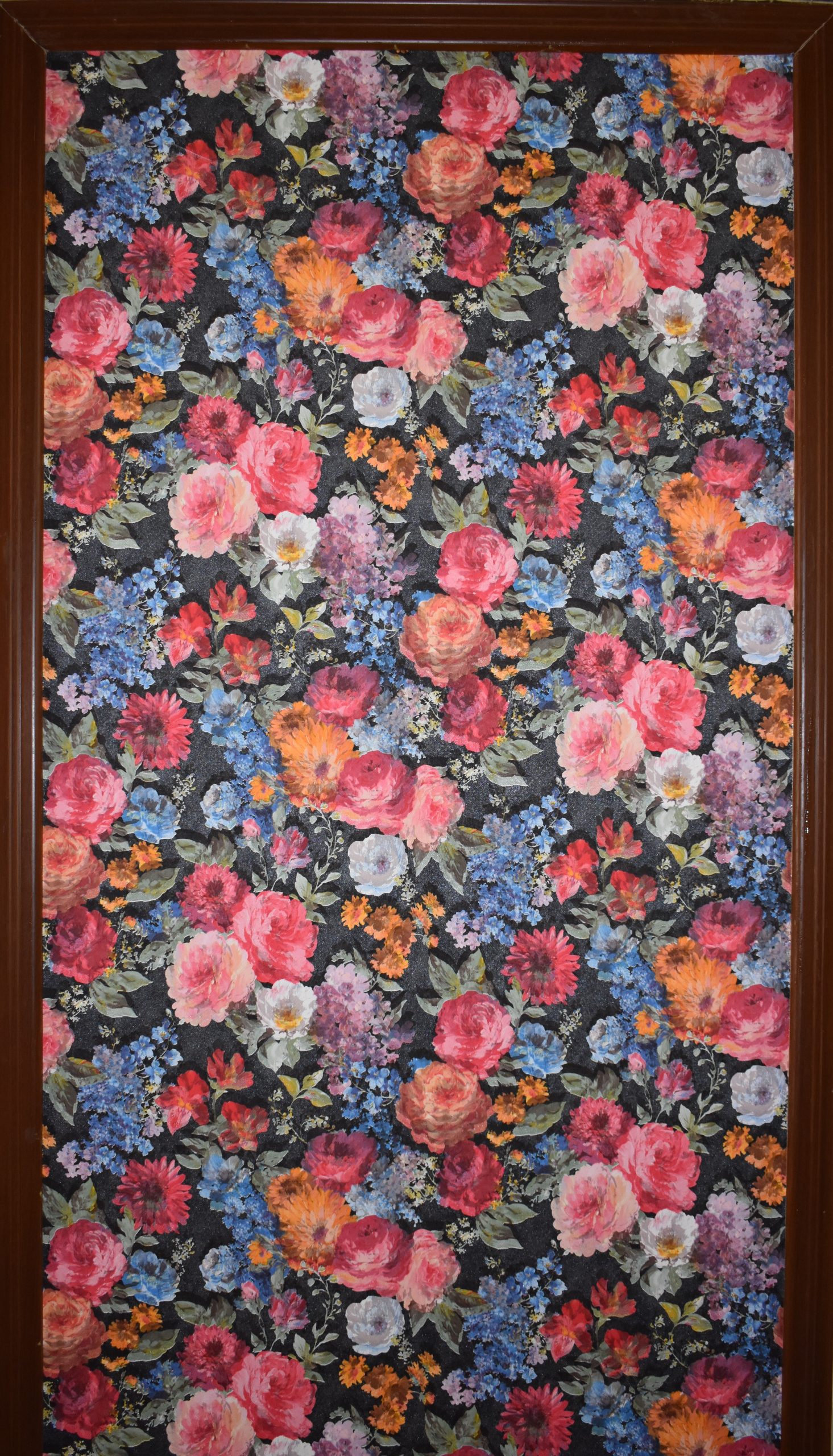
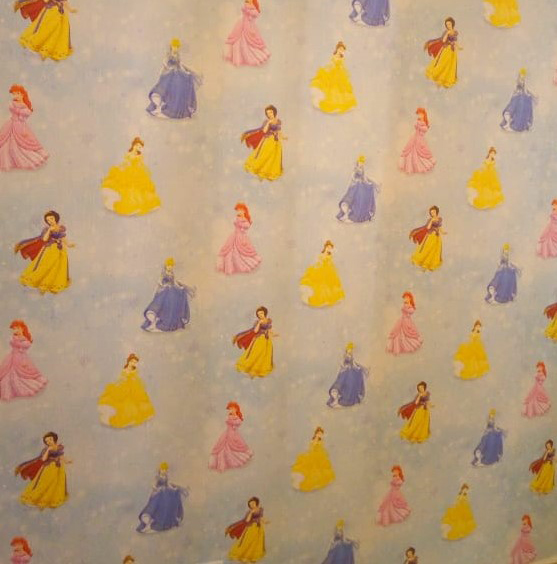
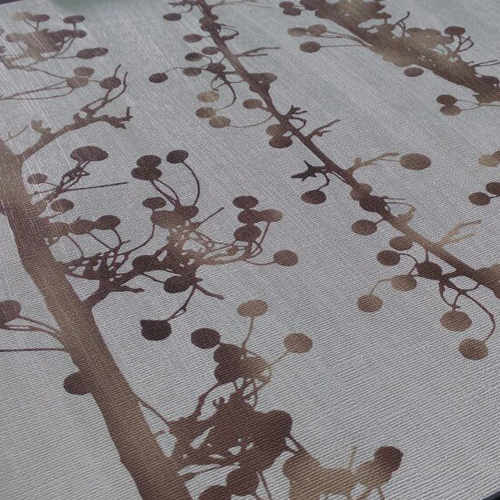

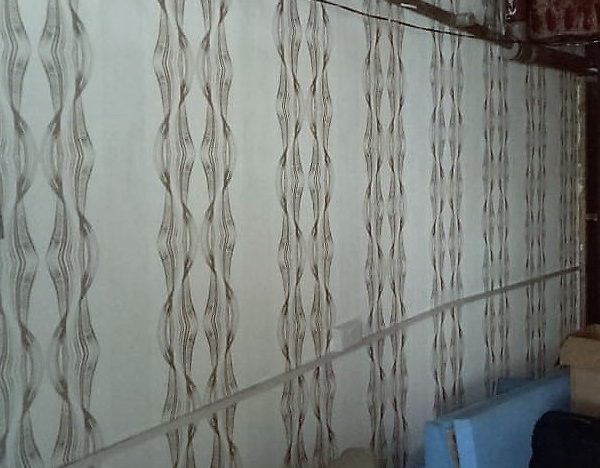
Reviews
There are no reviews yet.